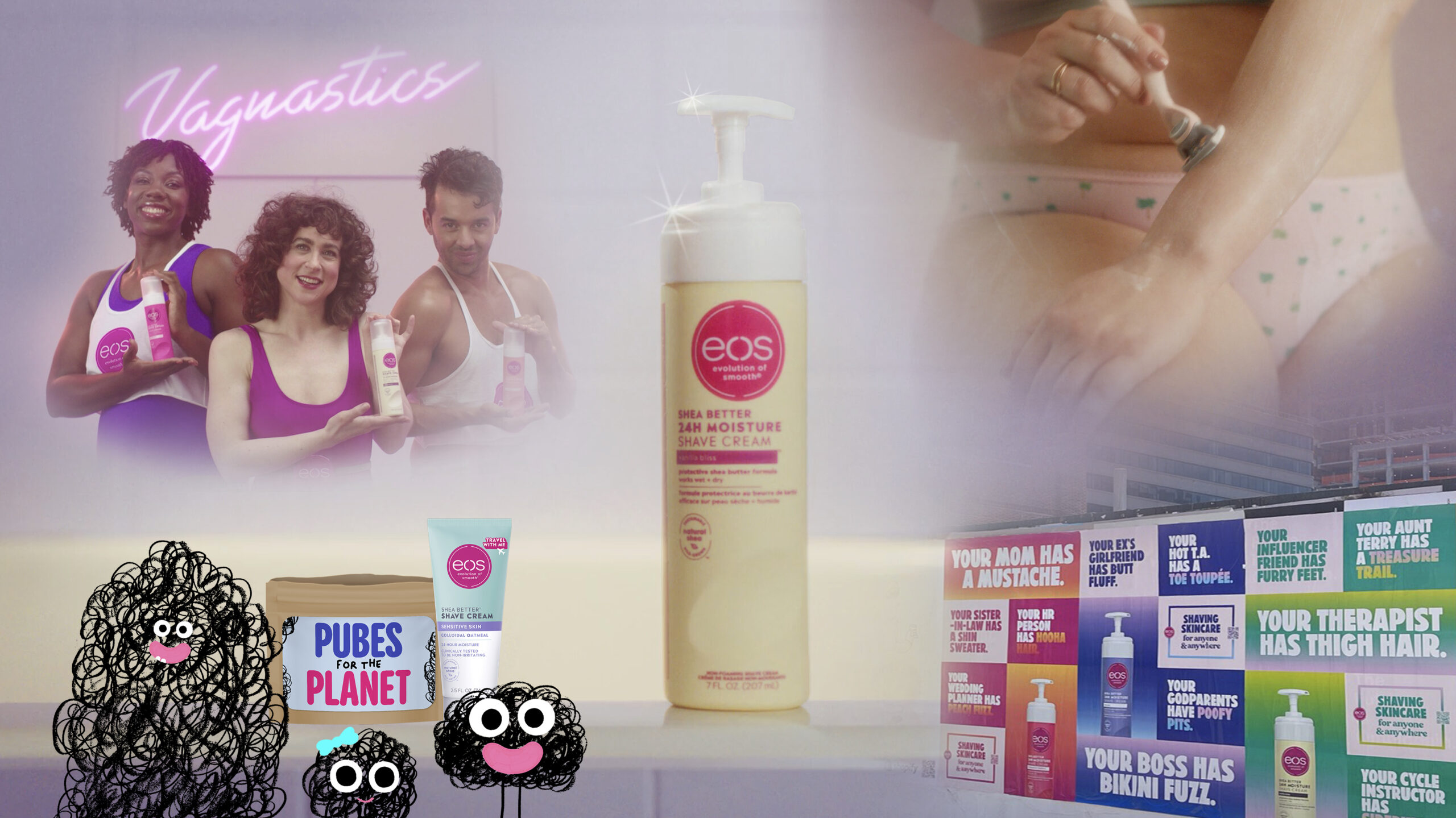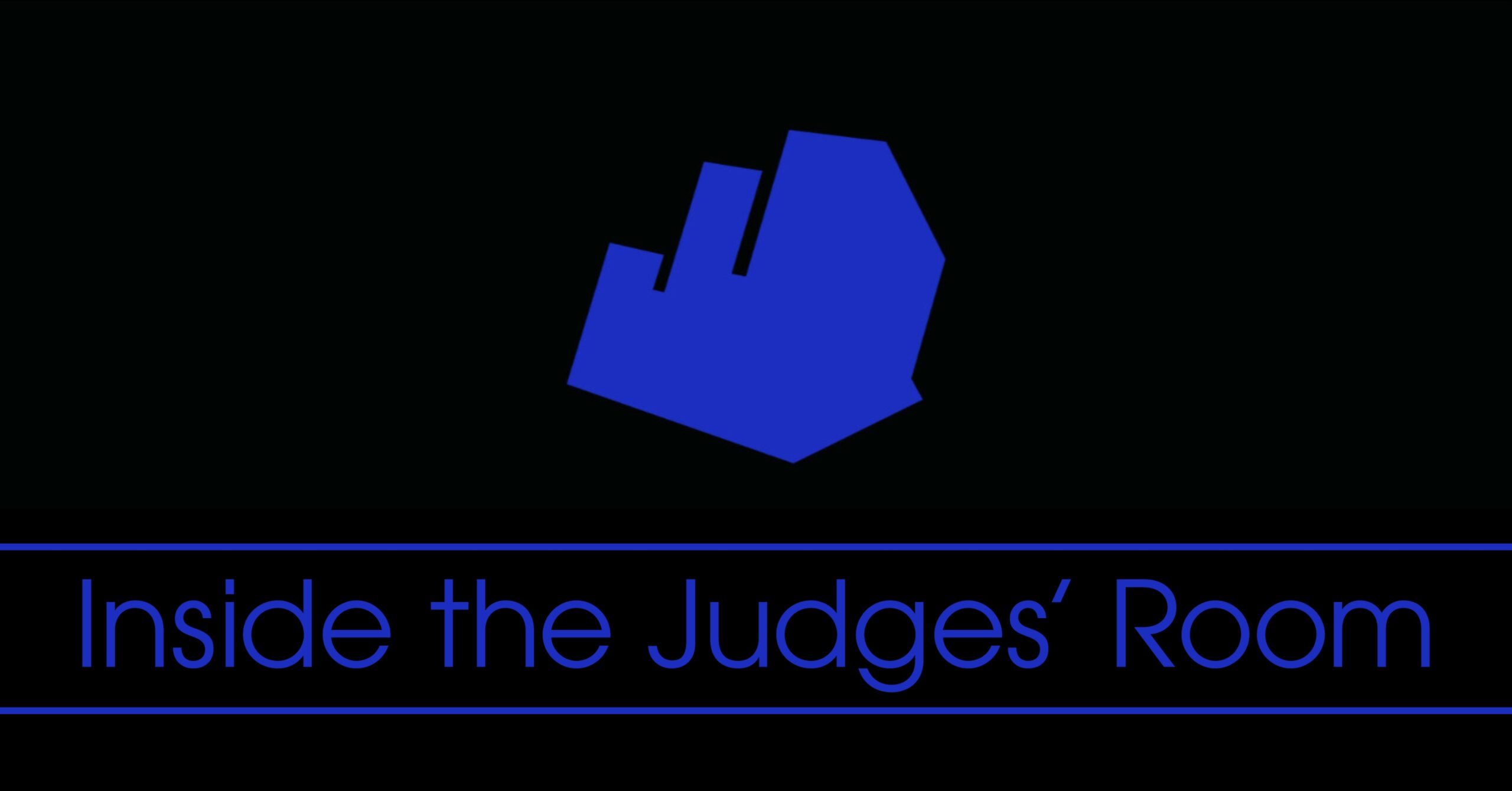
In the public health field, one of the greatest challenges is the constant need for life-saving donations – for organs, bone marrow, and most routinely, for blood. Finding donors with rare blood types is an especially difficult undertaking for humanitarian organizations worldwide.
In 2016, la Cruz Roja Colombiana (The Colombian Red Cross) was no different. The organization struggled to meet Colombia’s daily need for blood donations, and did not have a large marketing budget to tap into. Such a persistent and high-stakes challenge required a particularly creative communications solution that would have lasting effects.
So la Cruz Roja partnered with Sancho BBDO, one of the most effective agencies in the world (Most Effective Agency Office, 2018 Global Effie Index, Top 3 Most Effective Agency Office 2013-2018), with the goal of expanding its donor network and ultimately saving lives.
Their campaign, “De red social a red de donantes” (“From social network to donor network”) harnessed the ubiquity of social media to humanize and simplify the donor matching process. It went on to win the Grand Effie, the highest honor at the 2018 Еффие Авардс Колумбија такмичење.
испод, Andrés Carvajal (Planning VP) and Diego Fernando Forero (Creative Director, Total Work) from Sancho BBDO share their story of effectiveness.
Tell us a bit about your Effie-winning effort, “De red social a red de donantes.” What were your objectives?
AC & DF: To find a blood donor in Colombia is not an easy task.
We don´t have a habit of donating. That’s why the Red Cross puts a lot of effort into recruiting donors.
We needed to get a database of potential donors at the lowest possible cost, in order to have people available to increase the chance of saving lives.
Your strategy includes a unique insight about Colombians’ willingness to donate blood. What was the insight, and how did you arrive at it?
AC & DF: Colombians don’t have a blood donation habit. Our blood banks are always looking for donors, especially those with a rare Rh. Even so, most people don´t care.
On the other hand, people are more than willing to help when a friend needs help, and Facebook has become the way to ask for it – frequently you can see posts asking for blood.
Која је била твоја велика идеја? Како сте оживјели своју идеју?
AC & DF: We stopped asking for donations and started inviting people to do something easier: add their blood type to the end of their name on their Facebook accounts.
We used the social network with the most users in the world as a database for potential donors, without any cost, by bringing a blood bank from a building into a digital place, with thousands of people willing to donate.
Why was social media the right platform for this effort?
Finding donors is not easy. By using Facebook as a platform, finding the right donor is as easy as finding a friend.
What was the biggest challenge in bringing your idea to life? How were you able to overcome that challenge?
AC & DF: For a non-profit client, budget is always a challenge. We all know that organic reach is not a possibility these days, but the power of the idea makes it possible.
We believe in the power of the audiences too, so posting on the walls of digital influencers was enough to engage them.
When a lawyer from Facebook called us, because they found out we were behind all the people that were adding their blood type on their profiles, we knew the buzz was spreading.
How did you measure the effectiveness of the campaign? Did you anticipate such an enthusiastic response?
AC & DF: The Colombian Red Cross doesn’t have any budget for communication, so the idea had to be very powerful to engage people with their cause.
In terms of earned media, without investing a single dollar, the main news stations, newspapers and big influencers spoke about this initiative. As I mentioned, Facebook’s lawyer even called us, because they noticed that people were changing their names and all the media was talking about this. We estimate U$180.000 of earned media in less than a month.
One of the most powerful things about this idea was the simplicity. The simple action we asked the people to do, was to add their blood type at the end of their name on their Facebook profile. But there’s no way to measure that kind of interaction on Facebook. We had to find another way. So, using traditional research to find a sample of the users, we started counting one by one in hundreds of profiles to have an idea of the number of people that added their RH. Every day a lot of new people did it, making it hard for us to know the exact number.
At the beginning, we hoped that any Colombian Facebook user would have at least one possible donor. Colombian Facebook users have an average of 338 friends, so we would need only 0.3% of the Colombian Facebook population to join the cause. One month later, almost 10% of [Colombian] Facebook users added ‘RH’ to their last names and that meant that everyone could have found almost 40 possible donors under their contacts.
We decided to set another, even bigger KPI: Lives saved. A more effective measurement that proved that the idea worked.
How many lives would make it a success? At the time that the case was sent to Effie, we had documented one little baby girl with leukemia that found another girl with A-, and saved her life. We now know that several people have found a donor.
What’s next for la Cruz Roja’s donation recruitment efforts? Are there any plans to build upon this campaign?
AC & DF: One of our next steps aims to collaborate with these platforms to join the Red Cross cause, forming alliances to keep making saving lives easy, day by day.
Andrés Carvajal is a Planning VP, and Diego Fernando Forero is a Creative Director, Total Work, at Sancho BBDO.





































































